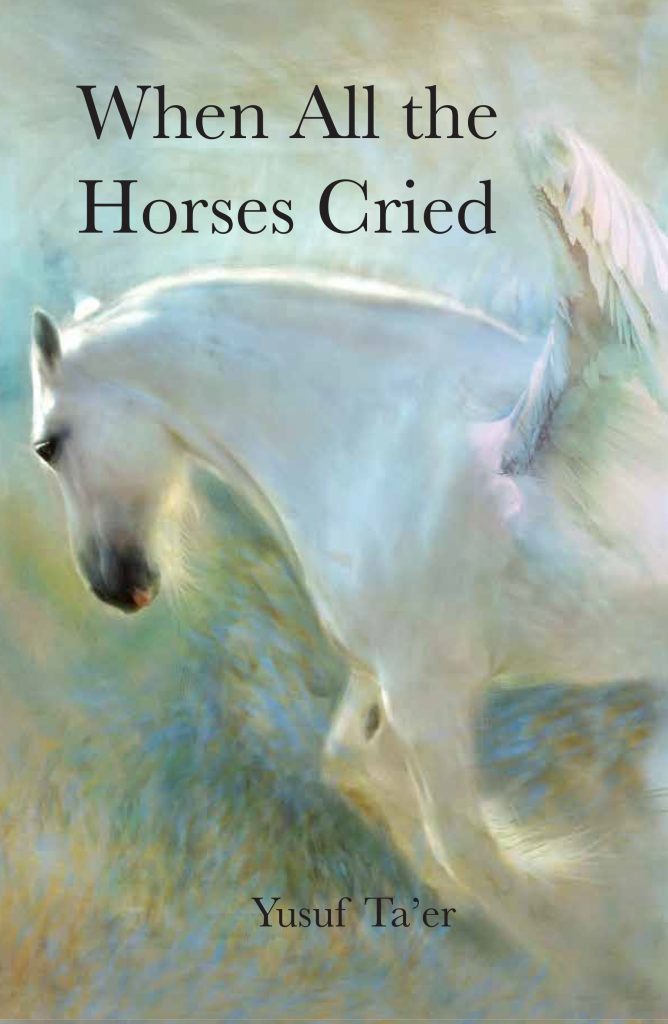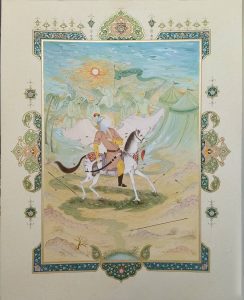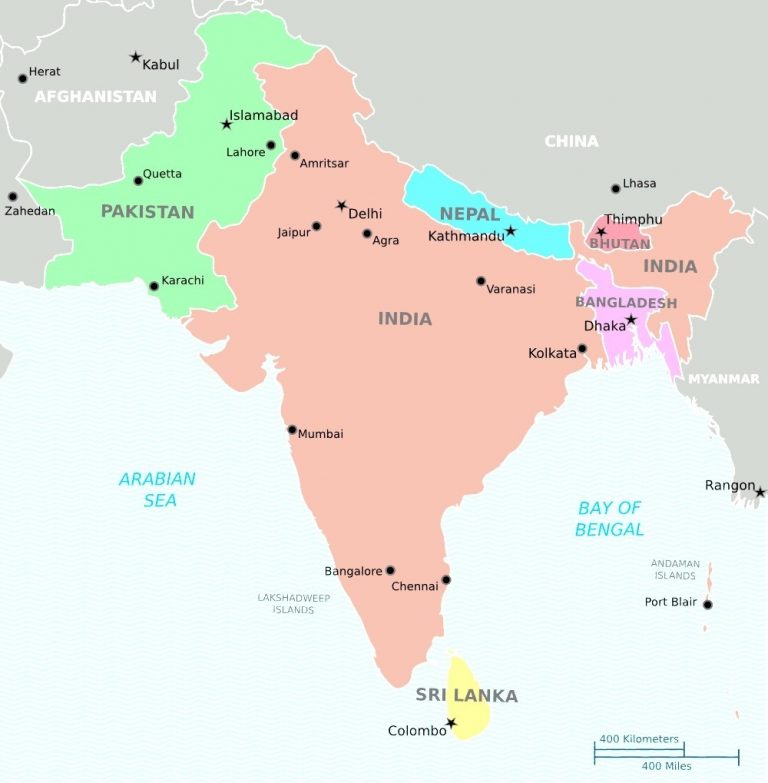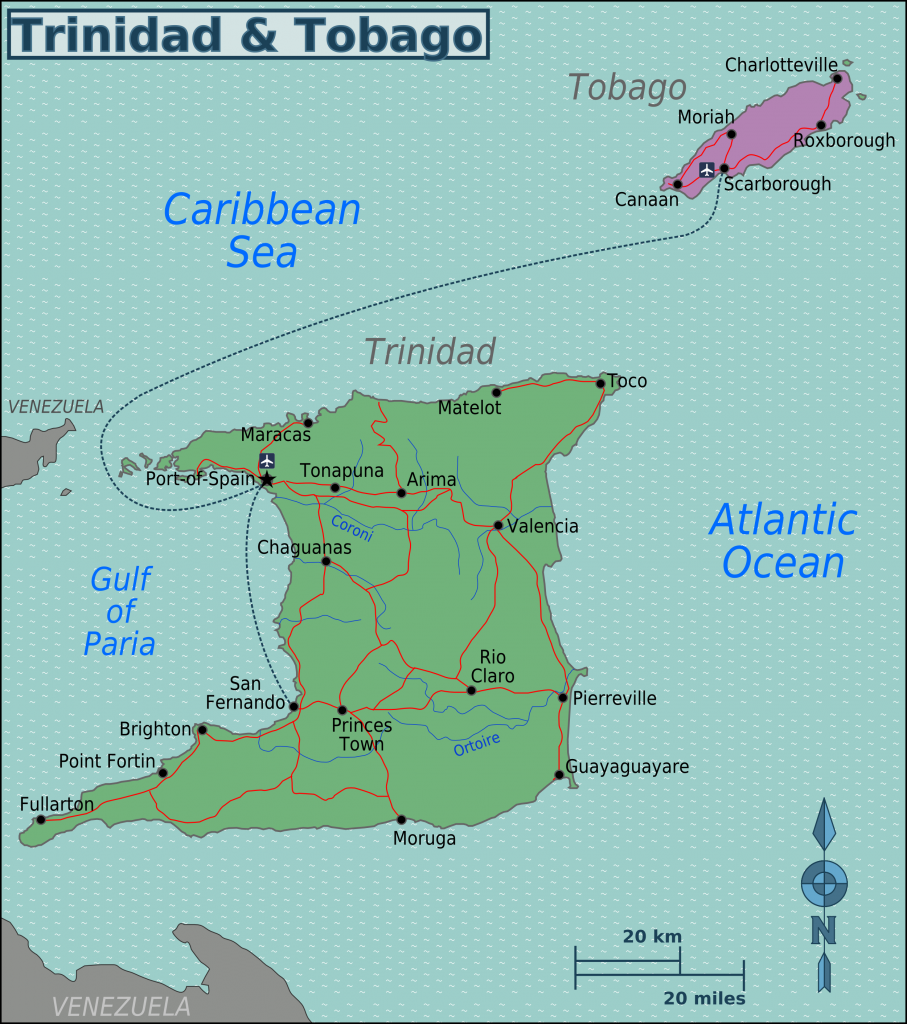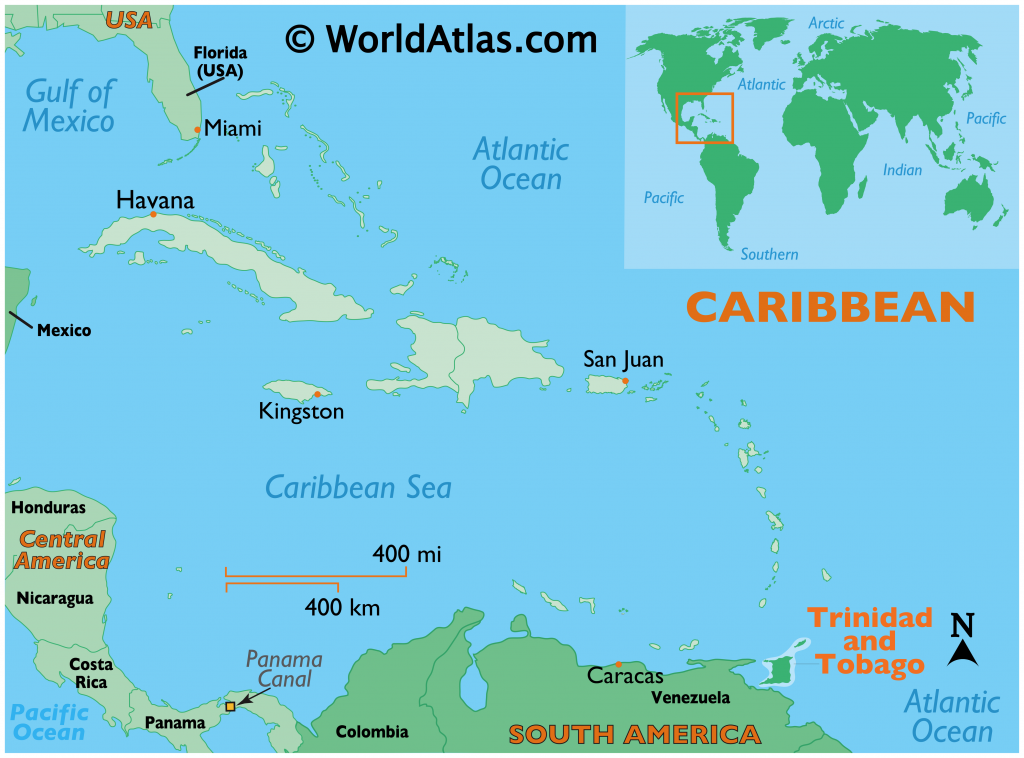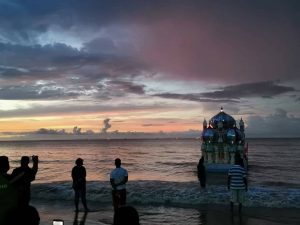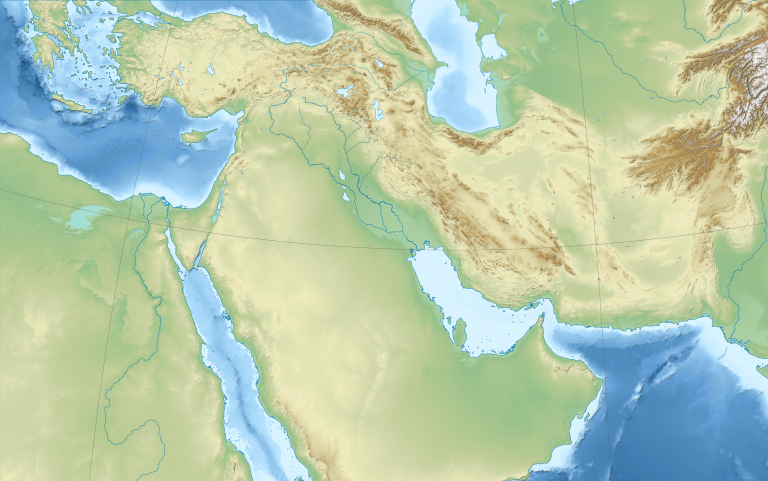Imam Hussain through the Primary Sources:
Researching and Learning the Values and Lifestyle of the Imam
Back to Top
Here, readers can connect with the most important original sources relating to Imam Hussain: the Qur’an and the Hadith. In these unique portals, the words and hadiths of Imam Hussain as well as the Ahl al-Bayt about the Imam are presented with the Arabic original and English translations side by side. This also includes a Qur’an portal in which verses from the Qur’an relating to Imam Hussain are expounded upon and interpretation (tafsir or exegesis) are provided. These efforts are ongoing and the database of Islamic primary sources will be expanded over time.
Hadith of Imam Hussain:
The Qur’an and Imam Hussein:
Recommended Reading: Muhammad Sadiq Najmi, From Medina to Karbala: In the Words of Imam al-Husayn, translated by Muhammad Reza Reza Fakhr Rohani (Birmingham: Sun Behind the Clouds, 2012).


